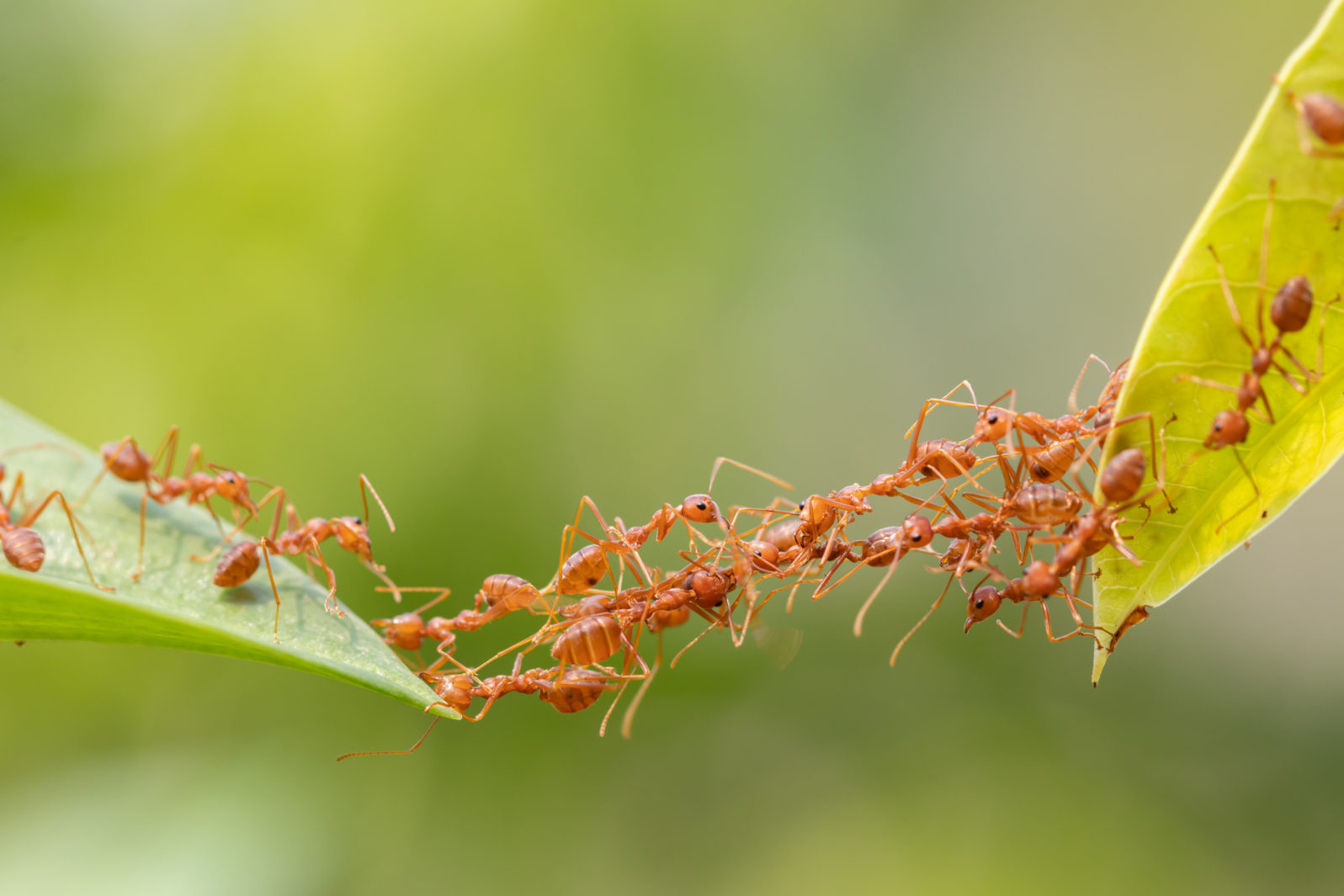A Navigator Asks Animals: How Do You Find Your Way?
The results are amazing. Many life forms do math they know nothing aboutIn “New book spotlights high tech animal navigation,” aircraft navigator Eric Cassell, speaking recently with geologist Casey Luskin on his new book, Animal Algorithms: Evolution and the Mysterious Origin of Ingenious Instincts (2021)
Animals “know” things that there is no way they thought of themselves — or that their parents did.
The problem with the “nature or nurture?” debate we all learned about in Psychology 101 is that the debate doesn’t matter. There’s no such simple explanation for how animals learn things like this:
… my favorite example is actually in, uh, a desert ant that resides in deserts in Africa, and these ants actually employ several different types of navigation centers. They use a sun compass, a polarized light compass. They have an odometer, they do chemotaxis, in other words with sensing chemicals. And — and then they — they use all that information in an integrated manner.
And they actually do what- what biologists call path integration, what — what’s, what us engineers would typically call inertial navigation. Um, basically the same thing, where they integrate all this information and then are able to to not only navigate accurately to where they wanna go, but the, one of the unique things about it is whenever they go on a, for example, a forging excursion from their home nest, they can, um, go on a very circuitous path away from the nest, turning a number of times, different directions. But then when they go to return home, they are able to actually compute a direct path from wherever they are back to their home nest. And again, it’s based on this inertial navigation type of system. So it’s — it’s very, it’s very surprising that such a system exists in an ant. (Excerpt at 10:26)
A “quick calculation?” It is indeed very surprising. Centuries ago, we didn’t know how to do that stuff ourselves. Or even if we could do it, we didn’t understand how it works. Now we know a bit more. So the question looms: Why is there so much intelligence in nature?
If it is inherited, it’s not simply packed into the insects’ brains because that’s not possible. In the discussion, Luskin pointed out,
In your book, you talk about the tiny brains of an ant or the worm sea elegans, which has only, I think you said 302 neurons. So how can a mind that small be programmed, and not just programmed with behaviors but programmed to learn new behaviors and also then their have a memory, so can remember what it learned. How can a brain that small have such sophistication? (18:54)
C. elegans’ brain was mapped because it is so small that mapping it is comparatively easy. Mapping your cat’s brain would be an enormous challenge by comparison.
Cassell replied,
Well, that-the big question. It doesn’t just apply to C. elegans but it applies to many other animals as well. They have a tiny brain that is able to exhibit a number of different behaviors. And in the case, in this case, they- they’ve actually been able to map the entire brain, because it’s such a small number of neurons and they’re relatively large. They do have the- the actual physical map, but we have no idea how the programming of the behavior actually goes on in the brain. And just to expand that analogy, other kinds of insects that are discussed in the book, honeybees in particular— and ants — also have relatively small brains now. In their case, they’re approximately a million neurons, which is still a really, really small brain compared to mammals for example. But they also have really sophisticated behaviors.
And so somehow or another, these behaviors are programmed into the neural networks that comprise their brains. And again, we really have no idea how that’s done. There has been some research showing how, some of the most simple behaviors might be encoded in a simple neuro network, but that’s kind of the extent of it. We really don’t have any idea how these more sophisticated behaviors are programmed. (20:02)
If information is immaterial, it may not take up much space. Could that be part of the solution?
But the animals did not do it themselves.
Next: The complex math animals do without thinking about it
You may also wish to read:
In what ways are spiders intelligent? The ability to perform simple cognitive functions does not appear to depend on the vertebrate brain as such.
and
Study: Cats do recognize their names Cats DO bond with people. In a study noted in Nature, both cats and kittens showed about the same level of attachment to caregivers as children and dogs did
